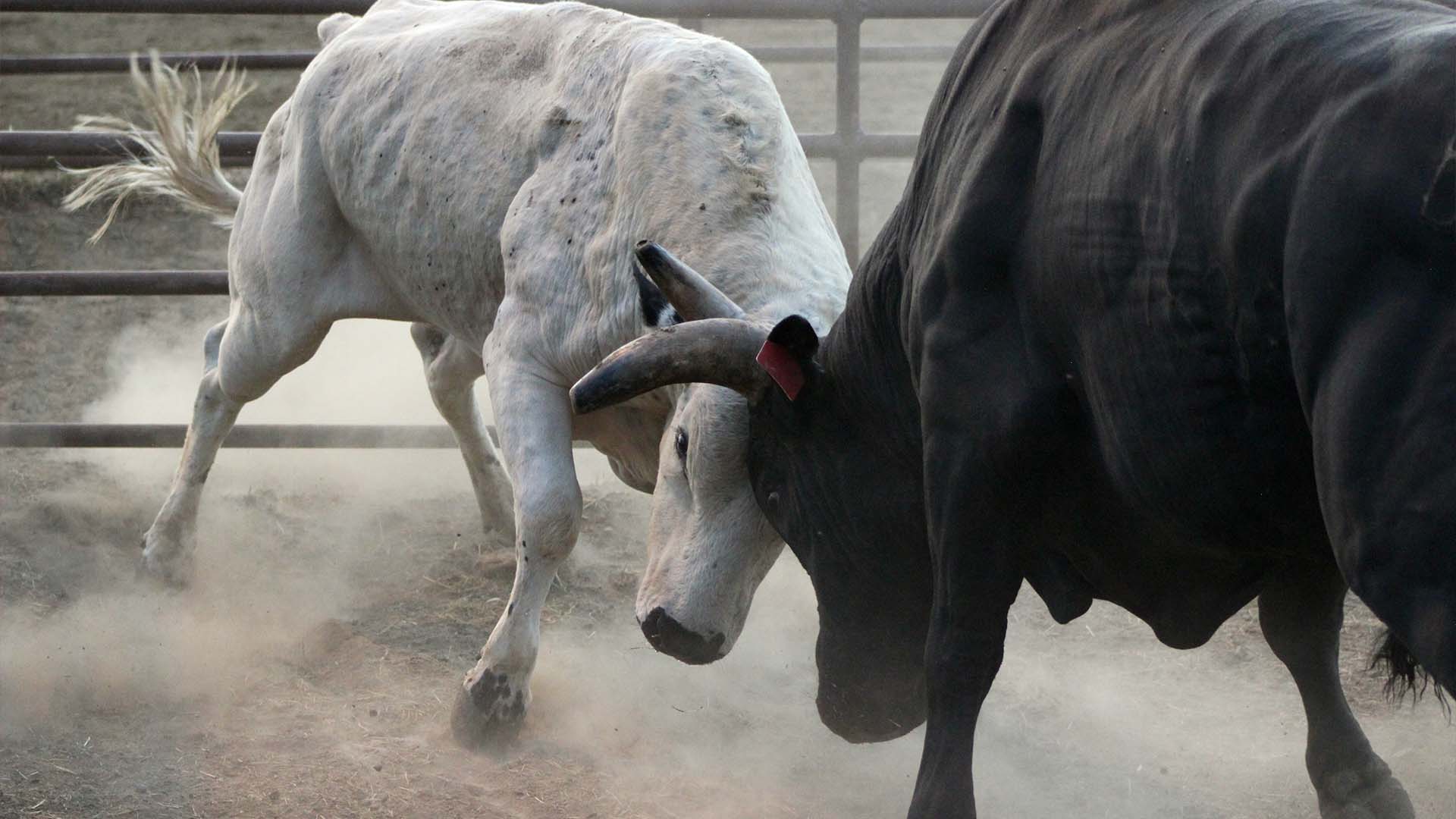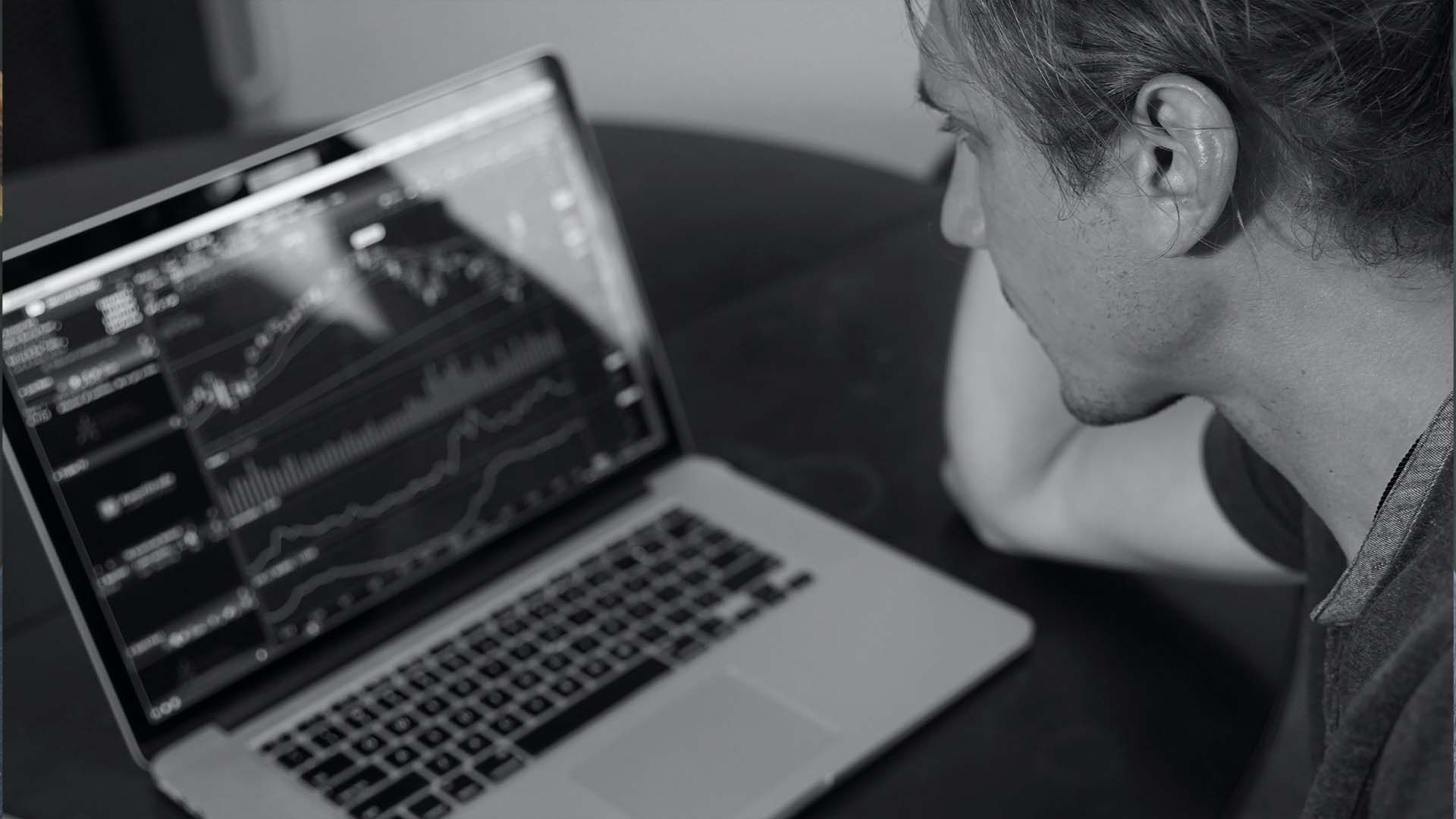The Black-Scholes Option Pricing Model is a financial model thatl was developed in 1973 by Fisher Black, Robert Merton and Myron Scholes. It is used to determine price of European and American style options. The model assumes the price of the underlying asset follows Brownian motion to constant drift and volatility. The stock’s price, volatility, interest rates, dividends, and time to expiration are inputs for the Black-Scholes option pricing model. It is the most widely used option pricing model today. Many option traders use the historical volatility of the stock in this formula to arrive at a theoretical value for the price of an option. They then compare their theoretical value to the actual option quote to see if the stock option is overpriced or underpriced. For retail traders, is almost impossible to find option mispricing. Proprietary trading firms have invested hundreds of millions of dollars into dynamic auto-quote systems. They use a variety of different option pricing models to calculate their option markets. As conditions change, the option pricing model adjusts on a real-time basis. If a news event moves the stock, a research team assesses the news and adjusts the implied volatilities of the stock options. In situations where the option volume increases dramatically without a move in the underlying stock, the Market Making firms will adjust the implied volatilities of the options. Option traders should focus their analysis of the underlying stock and the market, not pricing. I believe options trade at fair value, and you can’t catch these proprietary trading firms “asleep at the wheel”. In cases where the implied volatility of the option spikes without a corresponding move in the stock, beware. This means that uncertainty looms and a major announcement (litigation, FDA approval) is about to be released.
Black-Scholes Option Pricing Model
Definitions
December 10, 2008
2 min read









